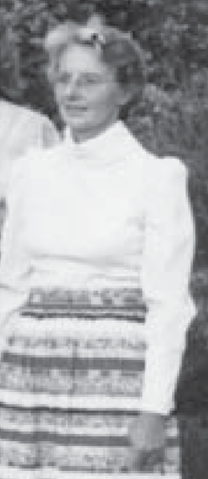Dorothy Charlesworth facts for kids
Dorothy Charlesworth (1927–1981) was a famous archaeologist. She specialized in studying ancient Roman glass. She also worked as an Inspector of Ancient Monuments, helping to protect old sites. Her important work took her to both Britain and Egypt.
Contents
Early Life and Education
Dorothy Charlesworth was born in 1927 in Northumberland, England. Her father was a judge and a lawyer. She went to school at Cheltenham Ladies' College and then to Somerville College, Oxford.
She became very interested in studying ancient glass. A scholar named Donald Benjamin Harden encouraged her. She later worked with him in Oxford and London.
A Career in Archaeology
Dorothy Charlesworth had a busy and important career. She helped us learn a lot about ancient times.
Counting Ancient Glass
The British Committee on Ancient Glass asked Dorothy to create a list of all ancient glass in Britain. She finished this big project in 1955. However, the committee did not have enough money to publish her findings.
Excavations in Egypt
In 1965, Dorothy joined the Egypt Exploration Society. She went to dig at a site called Buto (Tell el-Farâ'în) in Egypt. She worked there every year until 1969.
At Buto, she was in charge of digging up an ancient glass furnace. She wrote about what she found there. While in Egypt, she also studied how local glass furnaces worked. She compared them to older furnaces in Britain. In her last year at Buto, she became the field director, leading the whole excavation.
Work in Britain
After her work in Egypt, Dorothy focused on sites in Britain. She first worked at the Museum of London. Then, she became an Inspector of Ancient Monuments. In this role, she led many digs in northern Britain.
Discoveries in Carlisle
One of her most important digs was in Carlisle. She found the exact spot of a Roman fort's south gate and wall. She discovered old wooden timbers there. These timbers were cut in 72 or 73 AD. This discovery helped historians understand when the Romans conquered northern Britain.
Other Excavations
Dorothy also worked at other famous Roman sites. At Housesteads Roman Fort, she dug up the Commandant's house and the hospital. She worked there with John Wilkes. She also excavated parts of Carrawburgh fort and several towers along Hadrian's Wall.
Sharing Knowledge
Dorothy Charlesworth helped start the Association for the History of Glass in 1978. She was its Secretary for a few years.
Besides her expert writings, she also wrote for a wider audience. She wrote guidebooks for museums at Roman sites. These included Wall in Staffordshire, Aldborough Roman town in Yorkshire, and Hardknott Roman Fort. She also helped with research for the book Roman Inscriptions of Britain.
After she passed away, the Cumberland and Westmorland Antiquarian and Archaeological Society held a special lecture in her memory in 1982.
See also
 In Spanish: Dorothy Charlesworth para niños
In Spanish: Dorothy Charlesworth para niños


